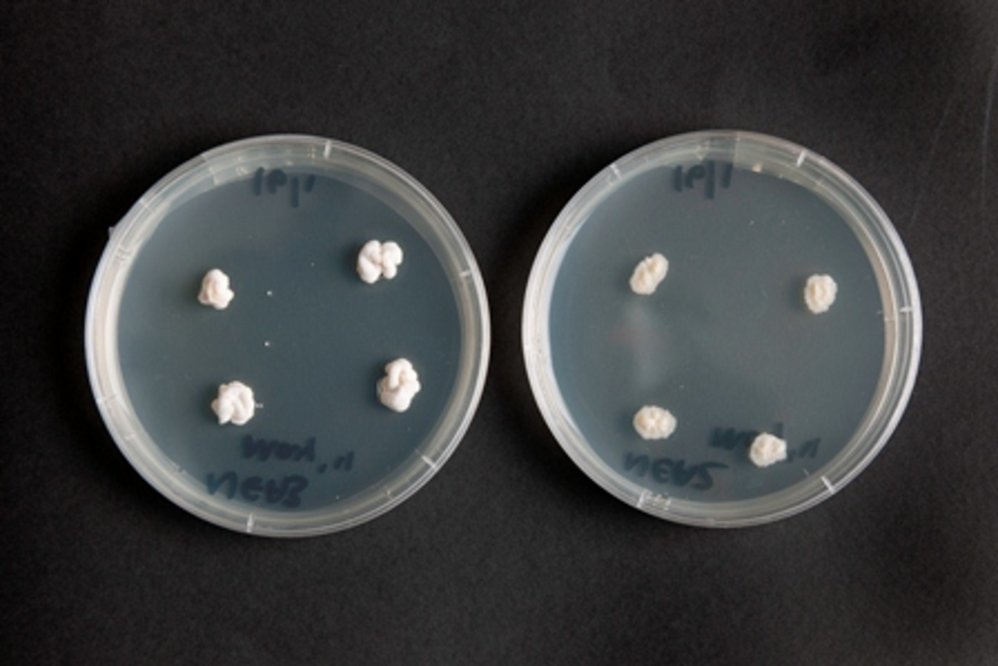Next level endophyte
After 30 years of research, and over 1 million hectares of commercial plantings, pastures with NEA endophytes are the obvious choice for anyone who values animal welfare and performance.
Unlike some other endophytes, NEA endophytes look after stock. They have excellent animal performance, and they’re also effective against pests like Argentine stem weevil, black beetle and root aphid.
As of this autumn, you’ll now be able to get Tyson with NEA4 endophyte, making it the latest addition to the NEA family.
The science behind these endophytes tells a consistent and compelling story.
Between 1999 and 2019, 21 separate animal safety trials have been conducted, each lasting 4-8 weeks at the height of summer, when the adverse health effects of some endophytes, such as ryegrass staggers and ill-thrift, are most likely to manifest.
Stock weights, growth rates and health are frequently assessed in these intensive, replicated trials.
Similarly we have also run many dozens of field trials throughout NZ as well as 18 separate specific insect bioassays to measure insect protection and pasture persistence.
Many people are surprised when they realise just how much testing has been done on NEA endophytes over the past 20 years.
Endophyte science and research is hugely important because of the sustainable, environmentally friendly solutions it provides for NZ farming as a whole.
Endophytes are a naturally adapted insect control mechanism, reducing the need for pesticides.
Our aim has always been to get the best out of endophyte in terms of animal health, while maintaining strong control across a range of insect pests. This is a balancing act, which we believe we have successfully achieved.
NEA2 endophyte is available in Trojan and Rohan perennial ryegrasses. NEA comes in Shogun hybrid ryegrass, and our newest endophyte, NEA4, comes in Maxsyn, Tyson and Viscount tetraploid ryegrasses.


